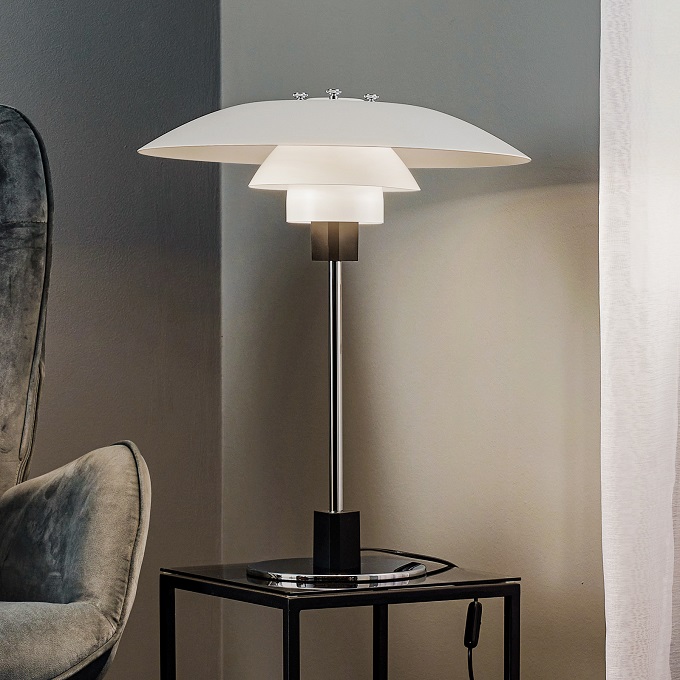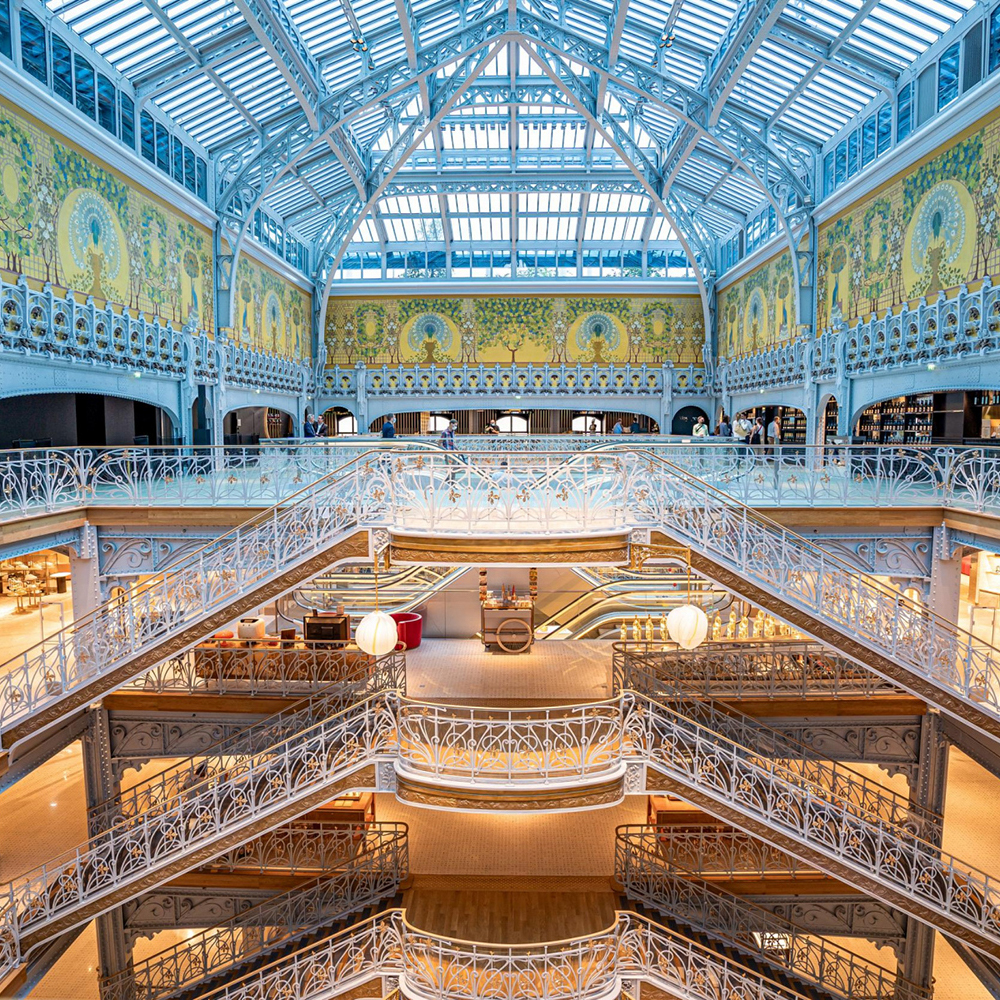Glow on the Go: Exploring the Magic of Battery Light Sticks
Introduction
Battery light sticks, also known as glow sticks, are a popular and versatile lighting tool used in various situations. Whether it’s for party decorations, outdoor camping, emergency situations, or even rave events, battery light sticks offer a safe and convenient way to brighten up any setting. In this article, we’ll explore the history, science, and uses of battery light sticks.
History of Battery Light Sticks
The earliest forms of glow-in-the-dark technology date back to the 19th century, when scientists discovered that certain chemicals could emit light when mixed together. However, it wasn’t until the 1960s that the first commercially available battery light stick was introduced by a company called Cyalume. This revolutionary product consisted of a glass vial containing two separate chemicals – hydrogen peroxide and a phenyl oxalate derivative – which, when combined with a fluorescent dye, produced a bright and long-lasting glow.
How Battery Light Sticks Work
Battery light sticks do not require any external power source to operate. Instead, they contain chemiluminescent substances that produce light when activated. Inside the plastic tube of a battery light stick, there are two compartments separated by a thin glass vial. One compartment contains a solution of hydrogen peroxide, while the other contains a mixture of the fluorescent dye and a phenyl oxalate ester. When the plastic tube is bent and shaken, the glass vial breaks, allowing the hydrogen peroxide to mix with the other chemicals. This triggers a chemical reaction that produces the glowing light.
The Science Behind the Light
The light produced by a battery light stick is the result of a chemical reaction called chemiluminescence. In this process, energy is released through a chemical reaction, rather than by heating or burning. When the hydrogen peroxide mixes with the other chemicals in the light stick, it produces a high-energy intermediate compound that quickly breaks down into a lower-energy compound. This reaction releases energy in the form of light, which is then absorbed by the fluorescent dye, causing it to emit a bright and colorful glow.
Types of Battery Light Sticks
Battery light sticks come in a wide range of colors and sizes, making them suitable for various applications. Some of the most common types of battery light sticks include:
Regular Battery Light Sticks:
The most common type of battery light stick is the regular-sized, 6-inch stick that comes in a variety of colors. These are perfect for outdoor activities, parties, and other events.
Jumbo Battery Light Sticks:
For a brighter and longer-lasting glow, jumbo battery light sticks are the perfect choice. These are larger than regular sticks and can last up to 24 hours.
Mini Battery Light Sticks:
Mini battery light sticks are great for small spaces, such as inside a tent or in a car. They can also be used as keychain lights for added safety at night.
Specialty Battery Light Sticks:
Some battery light sticks are designed for specific applications. For example, industrial-grade battery light sticks are often used by emergency responders, military personnel, and other professionals who require a high level of durability and brightness.
Uses of Battery Light Sticks
Battery light sticks have a variety of uses, including:
Outdoors:
Battery light sticks are perfect for camping, hiking, and other outdoor activities. They can be used to provide light, mark trails, and even as fishing lures.
Parties and Events:
Battery light sticks are a popular choice for parties and events, as they can add brightness and color to any setting. They can be used as party favors, decorations, and even as glow-in-the-dark jewelry.
Safety and Emergency:
Battery light sticks are an important tool for safety and emergency situations. They can be used as road flares, signaling devices, and even as personal safety lights.
Raves and Concerts:
Battery light sticks are a staple of rave and concert culture. They can be waved around to the beat of the music, creating an immersive and colorful atmosphere.

















